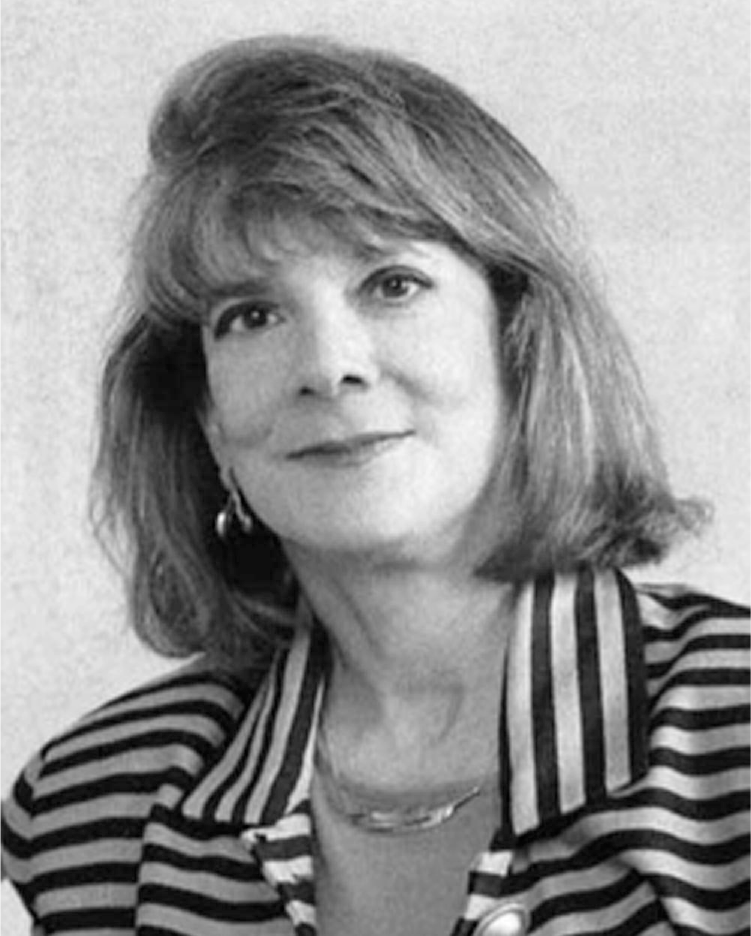One of the witnesses who could damage John Peel was Alice Irons, the waitress who served the Coulthurst’s their last supper. She had already testified for the prosecution, saying that seeing John Peel in court had sparked a memory. It was he, she said, whom she’d seen with the victims that long ago evening in Craig.
Her story provided evidence John Peel had lied when he told police he’d gone to bed early on the night of the murders. Not only was he awake, according to Irons, he was with the people he was accused of killing. In an effort to ruin her credibility, the defense had already tried to suggest that the waitress was a cocaine dealer. Judge Schulz turned them back.

The defense next tried to suggest that her memory was faulty, using nationally renowned memory expert Dr. Elizabeth Loftus to help win the day. Loftus gave an elaborate psychological explanation for Irons’ alleged tendency to “fill in the gaps” of her memory.
In Loftus’ telling, the waitress hadn’t really seen John Peel with the Coulthurst’s on the night of the murders. Loftus asserted that Irons had instead seen Peel in December of 1985, when the defense visited Craig to prepare for his upcoming trial. As evidence, she cited Irons’ confusion about defense attorney Brant McGee, whom she’d once mistakenly identified as John Peel. A classic case of filling in the gaps, she said. Case closed.
That wasn’t the only value Loftus provided to the defense.

Loftus also assailed the photo line-up that police showed witnesses after Peel became a suspect. Because the initial arrays were missing photos of John Peel, the troopers over-corrected and threw multiple Peel images into the mix. Loftus described the resulting array as “suggestive.” Indeed, eight of the 37 photos now depicted John Peel. To Loftus, that alone made the police’s photo lineups highly problematic.
“If I were lecturing to a group of officers who use photographic lineups,” Loftus told the Alaska vs. Peel jury, “I would use this as an example of how not to do a photo identification.”
Excerpts from the unpublished original manuscript, “Sailor Take Warning,” by Leland E. Hale. That manuscript, started in 1992 and based on court records from the Alaska State Archive, served as the basis for “What Happened in Craig.”
Copyright Leland E. Hale (2020). All rights reserved.

Order “What Happened In Craig,” HERE and HERE. True crime from Epicenter Press.